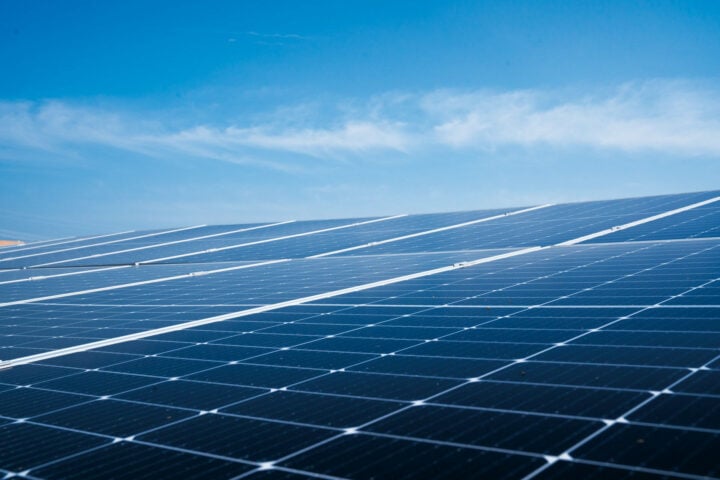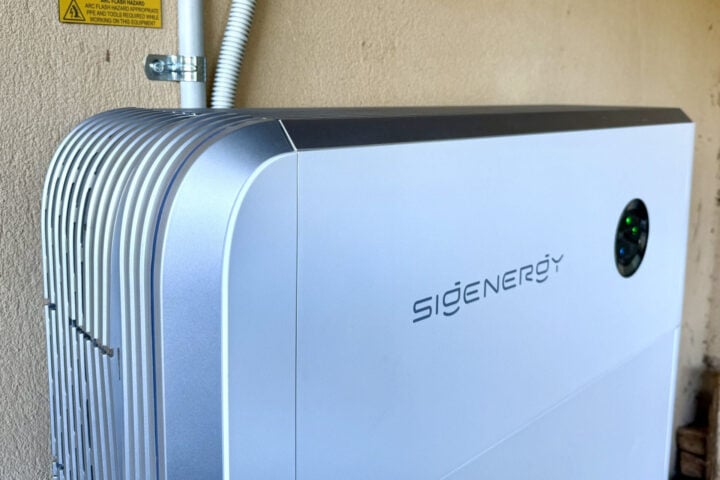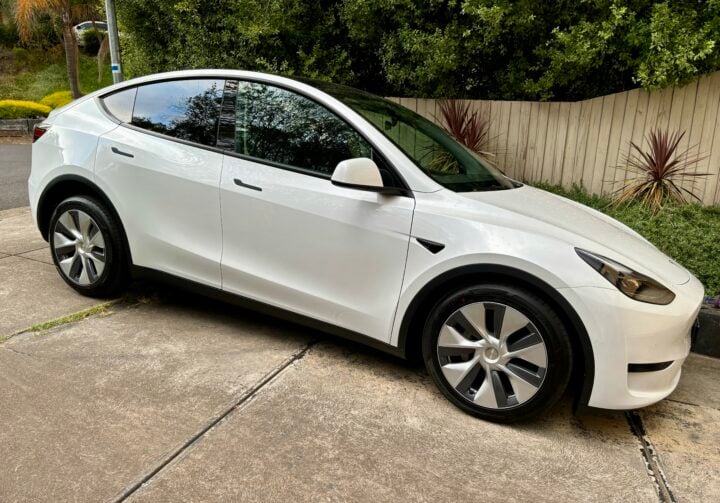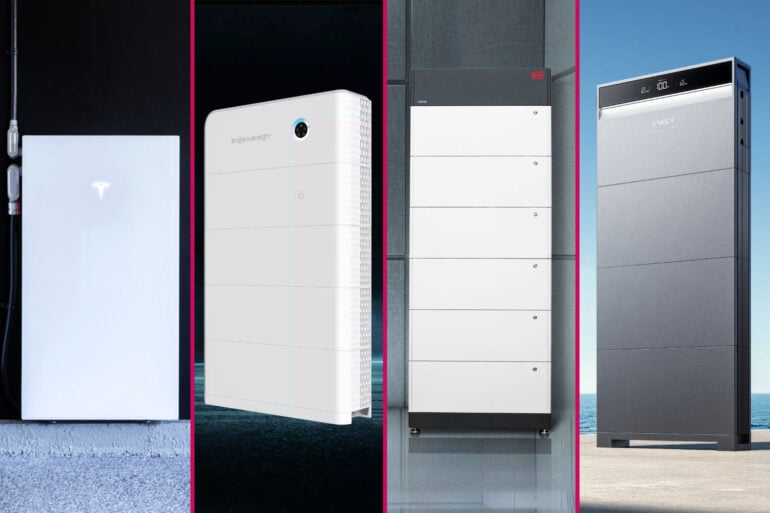As Australia’s solar battery rebate kicks in, choosing a home battery requires more than shopping around on price alone.
Australia’s new solar battery rebate has sparked a rush on home batteries, which is causing installation delays, but I managed to get in quickly to have a 24 kWh Sigenergy battery installed in mid-July. As the weather has improved, this week I finally experienced my first satisfying day of buying no power from the grid.
Of course, every household is different and choosing a home battery seems daunting when Australians have dozens of approved brands from which to choose, from international carmakers like Tesla and BYD to power specialists like Anker. You’ve also got homegrown options like Soltaro and RedEarth.
Even though I love a good spreadsheet, I’ll admit that I didn’t compare every brand on the market when it came to choosing the best solar battery for my own home.
I narrowed my choices with some research to see what’s popular with Australian homeowners and installers over at SolarQuotes. I also looked at the recommended installers in my area and the brands they offered, as most good installers tend to specialise in a few brands in order to develop expertise.
This left me with a shortlist of Tesla, BYD, Sigenergy and Sungrow – which, between them, seem to have the lion’s share of Australian home battery sales.
Learning from past mistakes when choosing a home battery
When you’re investing this kind of money, you don’t want to go with the Dodgy Brothers to install some no-name brand that they’re not familiar with and no one has ever heard of. Especially when you need good pre- and post-sales support to ensure everything goes smoothly.
I almost got burned when installing solar panels back in 2019, thanks to going with an el cheapo mob who gave no thought to panel placement and the impact of shade.

Shade is the mortal enemy of solar panels, because if a shadow falls across even one panel during the day, then it lowers the performance of all the panels in that group – although smart installers can use optimisers or micro-inverters to reduce the impact.
I live in a valley, with a small, narrow roof that doesn’t let me place many solar panels facing north. This meant an optimal panel layout was critical to ensure I could squeeze the most from my system.
Despite planning ahead, the installers who turned up on the day were just going to slap the panels anywhere, and it was lucky I was on hand to ensure they actually followed the plan.
Don’t shop on price alone
Thanks to my intervention during installation, my solar panels have performed well and paid for themselves in only three years. A solar home battery demands a much larger wad of cash, with a considerably longer return on investment, so I wasn’t going to risk shopping around on price alone.
In the end, I settled on a local battery installer who offered a choice of Tesla, BYD and Sigenergy. I was impressed that they visited my home before providing a quote, in order to avoid surprises, and that their written quote went into a lot of detail.
Some other quotes I received simply stated the brand, battery capacity and price, with absolutely no fine detail on what was involved or included. These quotes were also going through middlemen, which was a red flag considering my solar panel installation had also been outsourced.

My preferred battery installer’s quote was not the cheapest, but it was the most detailed and also made it clear that they don’t outsource anything, so I knew I’d always be dealing with the same people.
Case in point, their Sigenergy quote included running an Ethernet connection to the gateway because they’d found Sigenergy’s Wi-Fi connection to be unreliable – something I’ve heard since from other Sigenergy owners.
I’d bet good money that the dirt-cheap installers would have either stuck with Wi-Fi and left me to fend for myself, or turned up on the day and demanded more money to run an Ethernet cable.
Narrow down the choices
When it came to choosing between Tesla, BYD and Sigenergy home batteries, the latter won out because of its good reputation in terms of functionality and flexibility, plus its modular design, which allows installers to add extra battery capacity without significantly increasing costs.
I initially considered a 16 kWh Sigenergy battery – combining two 8 kWh modules – which was already more affordable than a 13.5 kWh Tesla Powerwall 3. In the end, I went with three 8 kWh Sigenergy modules, having crunched the numbers to be confident that I’d make the most of the extra capacity.
It’s true that BYD also offers a modular design, but its pricing was still similar to Tesla’s, so Sigenergy won out.
To be fair, I did stop to consider whether a Tesla battery was a smarter choice, considering I already have a Tesla Model Y parked in the driveway, alongside a Tesla Gen 3 Wall Connector.

After some research, I couldn’t see any advantage in sticking with all-Tesla gear, apart from the ability to manage everything from within a single app. Which wasn’t really an advantage for me anyway, considering I rely on Charge HQ to schedule EV charging because it’s much more flexible than the Tesla app.
Another advantage of going with Tesla might have been the wider availability of online how-to guides for getting the most from your home battery. With Sigenergy building a loyal following around the world, I was surprised to discover the lack of decent setup guides that dive into the advanced features.
After three weeks, I’m very happy with my 24 kWh Sigenergy home battery, but every household is different, so do your homework before you sign on the dotted line.








